Weak demand hits production in manufacturing sector
The downturn across Ireland’s manufacturing sector deepened at the start of the second quarter of the year amid a sharper contraction in factory production and a sustained decline in new orders.
According to the AIB Irish Manufacturing PMI for April, with the headline index falling to 48.6 from 49.7 in March and 51.3 in February.
Weak demand conditions across the sector did, however, help to further restore some stability to supply chains, with delivery delays shortening to the greatest extent since August 2009.
Inflationary pressures similarly eased with April data indicative of the first fall in average operating expenses since June 2020 and the softest increase in selling prices in 28 months.
“Irish manufacturing remained weighed down in April by ongoing weakness in orders and production, reflecting subdued demand conditions, including in overseas markets,” said Oliver Mangan, AIB chief economist. “With order books declining, spare capacity rose further as backlogs of work maintained their steep decline, while stocks of finished goods increased.”
Posting at 48.6, down from 49.7 in March, the April PMI reading pointed to second consecutive monthly deterioration in the health of Ireland’s manufacturing sector. Albeit only marginal, when excluding the initial pandemic period, the latest contraction was the joint-strongest since in a decade.
The Irish manufacturing sector was again weighed down by cutbacks to production. April data signalled the fifth decline in output in six months with the latest reduction the most pronounced since last November.
According to panel members, the scaling back in production was primarily a reflection of still weak demand conditions. However, in some cases there were mentions of material shortages.
Nevertheless, there was further improvement in the broader supply-side trends at the start of the second quarter of the year. Average lead times shortened to the greatest extent since August 2009.
Improved supplier performance was in part a reflection of the muted demand. In fact, new order intakes across the Irish manufacturing sector contracted for the tenth time in the past 11 months. Trends were similarly weak with regards to foreign client demand, as signalled by an eleventh successive monthly reduction in international orders
To match the downwards trends in production and demand, firms cut back their purchasing activity for the eighth month in a row in April. Notably, the drop in input buying was marked and, when excluding the initial pandemic period, the strongest since September 2011. As such, pre-production inventory levels fell for the first time in just over two years.
The general lack of demand across Ireland’s good producing sector resulted in excess capacity at firms, which enabled companies to focus on working through outstanding orders.
Lower than expected sales also led to greater post-production inventories. Backlogs of work decreased for a twelfth consecutive month and at a marked pace, while companies registered fresh growth in stocks of finished goods.
Trends were more positive on the pricing front with April survey data pointing to the first decrease in input prices since June 2020. Moderations in raw material prices were reportedly a pivotal factor driving the renewed drop in operating expenses.
Meanwhile, Irish manufacturing firms increased their selling prices again as they continued to pass on previous cost increases to their clients. The rate at which charged prices increased, however, was the softest in 28 months.
“On a positive note, employment increased for a fifth consecutive month, albeit at a modest pace. There was also a further shortening in supplier delivery times, with the easing of pressures on supply chains being aided by the general weakness of demand,” Mr Mangan said.
“Irish manufacturers remain optimistic about the future, but there was a significant drop in the level of confidence from March.”
Looking to the coming 12 months, firms across the Irish goods-producing sector remained upbeat in their projections for output. Optimism largely stemmed from hopes for an eventual upturn in demand, with plans for new product development and production improvements also contributing to positive sentiment. That said, there was a notable drop in confidence from March amid concerns surrounding worsening economic conditions.
Finally, with firms anticipating demand to improve in the near future, the level of employment across the Irish manufacturing sector increased for a fifth month in a row.
Article Source: Weak demand hits production in manufacturing sector – RTE
